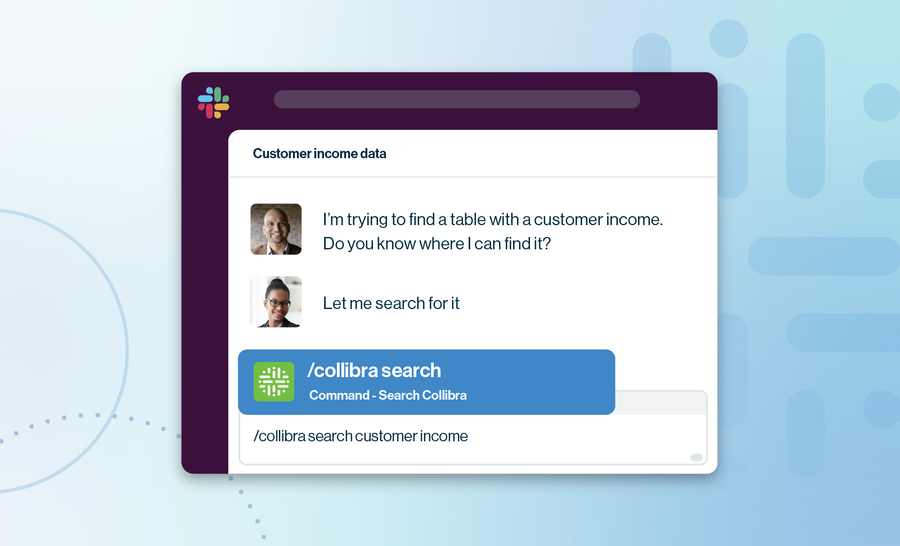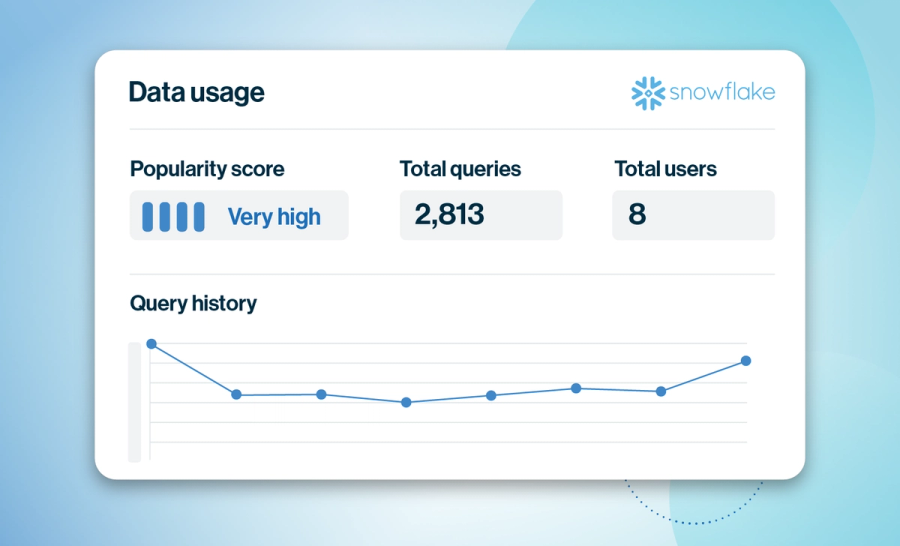The AI gold rush: Why fragmented governance is your unseen claim jumper

Generative AI. Large language models. AutoML. The AI era is booming — and it’s easy to see why. Executives are chasing breakthrough productivity. Boards are demanding transformation. Tech vendors are promising gold. Indeed, IDC projects AI will add $20 trillion to the global economy by 2030.
But as organizations race to stake their claim in this new territory, many are discovering a painful truth: they’re not standing on solid ground.
Enter the unseen claim jumper: fragmented governance.
Behind the scenes, fractured data practices are quietly siphoning value, creating blind spots, breeding inconsistency and setting traps that will collapse even the most promising AI initiatives.
To keep the claim jumpers away, let’s see how unified governance can protect your claim and accelerate your business.
Ready for unified governance? Check out the Collibra Platform.
The illusion of control: Fragmented governance defined
On paper, most organizations believe they’ve got data governance under control. They’ve got the tools. The policies. The people. But the illusion shatters the moment they try to scale.
The problem is fragmented governance. It’s a structural flaw that shows up in every failed AI initiative. When control and visibility are trapped in specific systems, clouds, domains or apps, then one team has the lineage, another has the policy, and no one has the full picture.
And that’s the organizational dilemma. Data lives in isolated pockets and policies are inconsistently applied. The result? Organizational fragility. Teams can’t find the right data, trust the data they do find or understand how it was used. And when you try to apply AI on top of that? It’s chaos at scale.
Let’s break down the claim jumper’s tactics:
- Siloed data assets that can’t be discovered or trusted. Data is spread across clouds, tools and teams and, worst of all, inaccessible to those who need it most. No single source of truth means constant reinvention, rework and risk.
- Inconsistent policies and access controls that create risk. One policy engine governs your cloud data, another your on-prem warehouse and a third governs nothing at all. Gaps in enforcement become holes in your defenses.
- Blind spots in lineage and context that erode trust. If you can’t trace how a dataset is used — or who is using it — you’re gambling every time you run a model or present an insight.
- Manual processes that don’t scale with AI. AI thrives on speed and scale. But manual tagging, approval workflows and lineage tracking mean delays, errors and disjointed experiences.
- Disconnected users who can’t collaborate across domains. Business teams don’t speak the same language as data engineers. And in many orgs, they’re not even looking at the same data, let alone governed under the same policies.
Each of these fragments chips away at your potential ROI. Add AI to the mix, and the value leakage becomes exponential.
What you don’t govern, you can’t trust. And what you can’t trust, you can’t scale.
Ready for a solution to fragmented governance? Collibra can help.
The stakes: Building on fractured foundations
In today’s hyper-competitive landscape, speed is everything—and AI is the ultimate accelerator, compressing insights, automating decisions and transforming operations overnight.
But when that AI runs on fractured foundations, those cracks get amplified at lightning speed.
What was once a mere reporting headache has become a full-blown reputational risk: a single flawed dataset can taint a model that touches thousands of customers, steers hundreds of decisions and sparks compliance nightmares before anyone even notices.
The fallout of building on bad data is painfully concrete. Teams bog down in duplicated efforts and manual fixes, spending precious hours reconciling mismatched reports or rebuilding datasets that already exist. Only they can’t find them.
At the same time, policy violations simmer beneath the surface. Without consistent governance, sensitive or non-compliant data sneaks into high-risk use cases, exposing organizations to fines and far worse: long-lasting damage to the organization’s credibility.
The truth is that trust, once broken, is almost impossible to rebuild.
Internal users grow wary when AI outputs hallucinate, betray bias or simply behave unpredictably. Externally, customers lose faith in the brand—and in the people behind the technology.
And while stories of bias or error make headlines, the quietest casualty is often the innovation pipeline: business units eager to leverage AI hit a wall when they can’t access, verify or interpret the data they need.
Ultimately, fragmented data governance doesn’t just slow progress—it strangles it.
Every day, organizations lose time, money and morale as AI ambitions collide with the reality of fractured foundations.
If you want AI to be your competitive edge, you need to start by fixing what lies beneath.
The path forward: Unified governance as the true gold standard
The answer isn’t to slow down your AI journey — it’s to strengthen the ground beneath it. That’s where unified governance comes in.
Unified governance brings order to the chaos. It untethers policies, access and context from specific systems and applies them universally — across clouds, tools, data sources and use cases. It’s about opening things up. Safely, consistently and at scale.
With unified governance, you can:
- Automatically discover, trace and control data across the full lifecycle. From ingestion to model output, every asset is tracked, every action is logged and every user is empowered with the right visibility.
- Create active links between policies, data sets and AI models. When a data policy changes, the models using that data respond. When a model misbehaves, you can trace the issue back to the source.
- Build in trust, context and compliance from day one. So your data gets used responsibly. And you earn confidence across the org.
This is how you get to Data Confidence™, which is the ability to accelerate every AI and data use case. Without sacrificing control, clarity or compliance.
Secure your claim and accelerate your business
In our AI era, gold is real. But so is the risk.
If your governance is fragmented, your AI future is already leaking value.
But when you unify your governance — across every system, source and user — you don’t just protect your claim. You accelerate your momentum and your competitive advantage.
In this post:
Related articles

Data GovernanceJuly 28, 2025
Your new shortcut to trusted data: Collibra’s two-way Slack Integration

Data GovernanceAugust 12, 2025
Beyond buzzwords: Unpacking Data Confidence as AI’s foundational truth

Data GovernanceMay 12, 2025
The ultimate guide to building a data-driven organization: 5 pillars for success

Data GovernanceJuly 29, 2025
The end of governing "everything": A smarter approach with Data Usage
Keep up with the latest from Collibra
I would like to get updates about the latest Collibra content, events and more.
Thanks for signing up
You'll begin receiving educational materials and invitations to network with our community soon.
